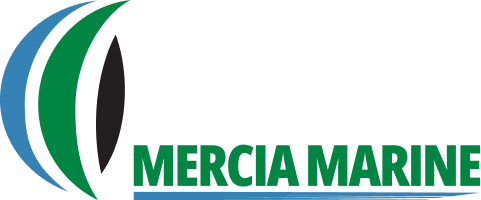Skip to content
- Tack
- To tack is to move from side to side in a zigzag into the wind in order to progress forward.
- Tell tales
- Tell tales are short lengths of cord which are attached to sails. These help highlights wind direction and also highlight airflow thus supporting trimming.
- Tender or Dinghy
- A relatively small boat that is powered by oars, sails or an outboard motor. When carried on the back of larger vessel these are more normally known as tenders.
- Third Party Boat Insurance
- Third party boat insurance is purely a boat insurance policy that protects against damage caused to someone else’s property but but not that of the policy holder vessel. Often great value… see our 3rd party boat insurance page for more details.
- Third Party Liability Boat Insurance
- Third-party liability boat insurance is a policy that protects a third party only but not the policy holder vessel. This is typically cheaper and is more often used by policyholders whose own vessel has very little or no monetary value. See third party liability insurance.
- Third party only
- Provides only protection against any legal liability to any Third Party if you were to cause an accident. There is NO cover for All Risks of physical loss of or damage to your own property
- Thwart
- Thwarts provide extra strength and durability to the hull and are normally used to house a boat seat.
- Tiller
- A tiller is used to guide an inland waterways boat. A rod which is connected to the rudder, it is moved left or right to control the direction of the vessel.
- Topping Lift
- This is the chord or rope that provides strength to the boom when a partially hoisted sail is all that is otherwise holding it.
- Topsides
- The surface of a vessels hull that lies above the water-line.
- Total Loss
- Total loss is simply when the vessel has been completely sunk, lost or stolen and has not been recovered.
- Total Loss Replacement
- An insurance coverage option which in the event of total loss with a replacement boat that is, to all closest extent, the same make and model and contains comparable features.
- Trampoline
- The netted/ meshed square (or oblong) space between the two hulls of the vessel. It is also often a place for the crew to sit, which is often comfortable to rest up and enjoy watching the sea and waves rushing past underneath.
- Transit
- Transit is simply where fixed objects in the eye-line are used to order to estimate speed or to support vessel manoeuvring.
- Transit Policy
- A Boat Insurance policy which is a transit policy is when a client requires insurance for a single journey or for journeys that happen infrequently (i.e. transfer between waterways, into/ through a tidal area or a journey with a specialised requirement).
- Transom
- The flat board surface area at the end of the hull.
- Trapeze
- A basic seat/ sling that is attached to a mast to allow a person to be supported. Using the trapeze as both leverage and support this enables placing feet/ walking along the side of the boat to enable the use of body weight to counteract the lean of the vessel.
- Traveler
- Travelers are one or more guiding tracks which are metal fittings within the boat which allow the main sails to be held firmly at all times whilst still allowing for movements of the sail as it is tacked at different angles against the wind.
- Trimaran
- A trimaran is simply a vessel with triplicate hulls.
- Trimming
- Trimming refers to sail adjustments made to improve the effectiveness of sails against the wind.
- True Wind
- True wind is the blowing wind’s force and actual direction. Often when traversing the high seas, due to your own momentum the ‘true wind’ is never felt.
- Trysail
- A trysail is used in strong, testing weather conditions instead of a mainsail to help prevent damage to the mainsail. It is merely a very small version of the main sail. It can also be used by learners during training.

